In the world of staying fit and getting strong, where fancy new gadgets and the latest trends are all the rage, we might forget about the old-school champs that never let us down. Imagine the humble medicine ball – small, round, and packing a punch you wouldn’t expect. This unassuming workout buddy has been around since forever, and guess what? It’s still rocking the fitness scene! Whether we’re talking ancient history or today’s sweat sessions, the medicine ball training is all about making you stronger, snappier, and coordinated. It’s like your secret ingredient for an awesome athletic performance!
The history of the medicine ball dates back to ancient civilizations, where it was utilized in various forms for both practical and fitness-related purposes. Traced back to as early as ancient Greece, athletes would hoist animal bladders filled with sand or other materials to build strength and prepare for competitive events. The simple yet effective nature of this training tool resonated across cultures and eras, leading to its continued usage in different parts of the world.
What sets the medicine ball apart from other training tools is its dual emphasis on both form and function. Unlike rigid weightlifting equipment that often isolates specific muscle groups, medicine ball exercises engage the entire body in dynamic movements. This holistic approach not only builds strength but also enhances coordination, balance, and core stability.
We’re an affiliate. We hope you love the products we recommend! Just so you know, we may collect a share of sales or other compensation from the links on this page. Thank you if you use our links, we really appreciate it!
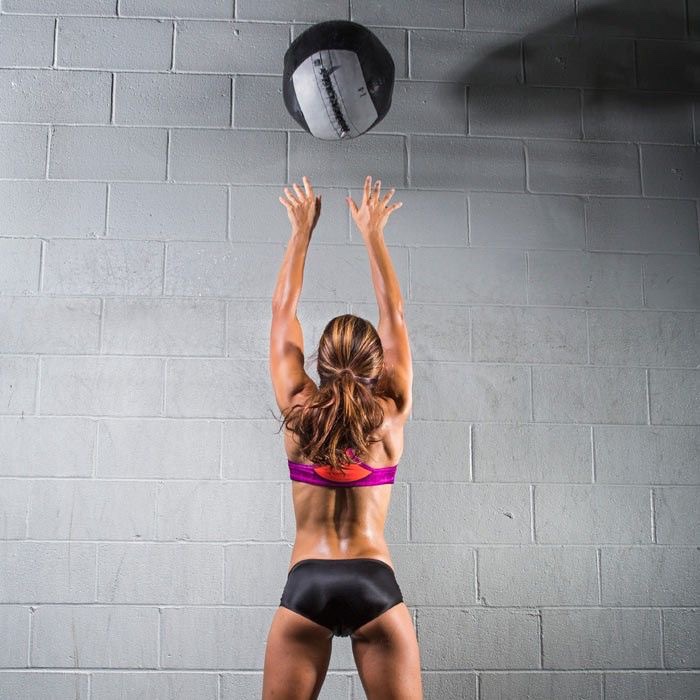
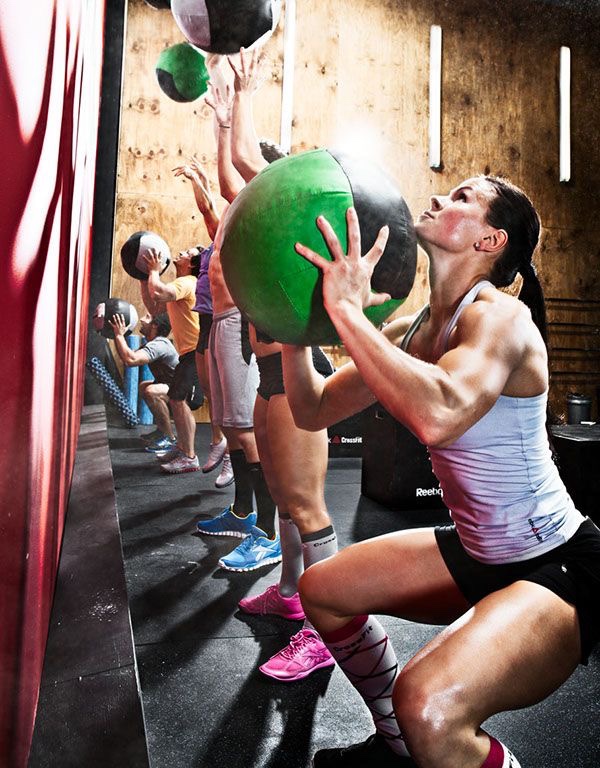
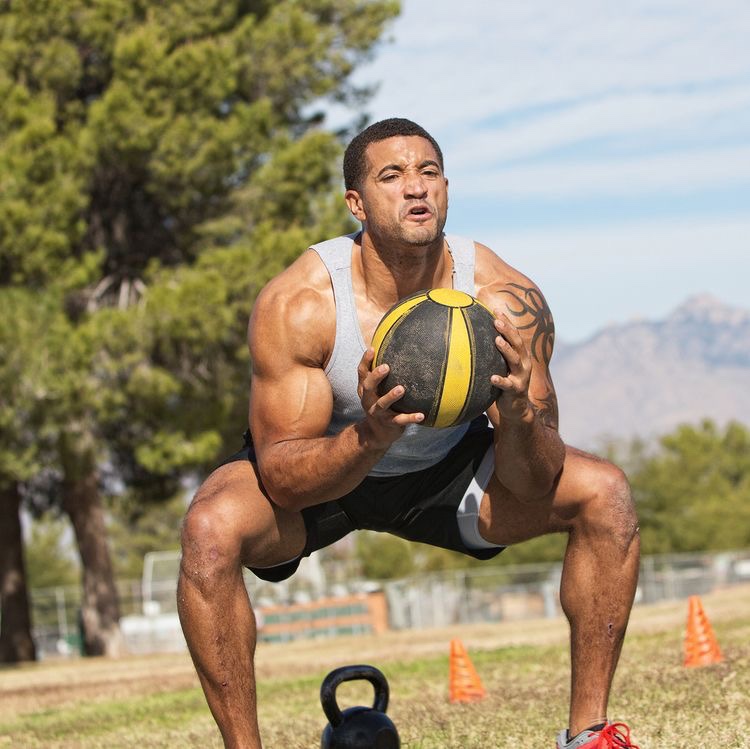
Benefits of Medicine Ball Training
If you’re aiming to carve out some killer definition, the medicine ball training is your new best friend. Its dynamic nature engages multiple muscle groups simultaneously, making every movement a full-body affair. From explosive throws that fire up your shoulders and core to squats that target your legs and glutes, every rep with the medicine ball is like sculpting a masterpiece of lean, functional muscle.
That coveted six-pack isn’t just for magazine covers – it’s a symbol of core strength that the medicine ball training can help you achieve. Many exercises involve twisting, rotating, and stabilizing, which all require your core muscles to work in harmony. Forget endless crunches; the medicine ball challenges your core in dynamic, real-world ways that translate to enhanced balance and stability in everyday activities.
Functional fitness is all about preparing your body for real-world movements. The medicine ball’s versatility shines here. Whether you’re hoisting groceries, playing with your kids, or tackling a DIY home project, the strength and mobility gained through medicine ball exercises directly translate into improved everyday functionality.
Mastering Medicine Ball Form
So, you’ve got this cool medicine ball in your hands, and you’re ready to unleash its potential. But hold on a second! Before you start tossing it around like a pro, let’s dive into the nitty-gritty of proper form. You see, the real magic of medicine ball training happens when you get your moves spot-on.
1. Stance and Grip
Just like introducing yourself with a firm handshake, your stance and grip set the tone for a successful medicine ball session. Stand with your feet shoulder-width apart, knees slightly bent for stability. Hold the ball close to your chest with both hands. Your elbows should be bent, pointing outwards.
2. Engage Your Core
Imagine your core as the superhero of your body – it’s there to save the day (and your back!). Tighten your core muscles as if you were preparing for a light punch. This not only protects your spine but also gives you the power to control the ball’s movements.
3. The Toss and Catch
Now comes the fun part – tossing the ball! Whether you’re throwing it against a wall, to a partner, or up in the air to yourself, the technique remains key. Push through your heels, engage your legs, and explode upward as you release the ball. Follow through with your arms – think of it like flinging a frisbee. And guess what? Don’t forget to catch the ball on its way back! Use your whole body to absorb the impact and bring it in close to your chest.
4. Breathing
Breathing might seem like a no-brainer, but it’s easy to forget when you’re in the zone. Inhale as you prepare for the toss, and exhale as you exert force. This rhythmic breathing keeps your energy levels steady and helps you maintain control.
5. Start Simple, Then Level Up
Just like you wouldn’t dive into the deep end if you’re new to swimming, start with basic movements before getting fancy. Begin with simple chest passes against a wall or partner. As you get the hang of it, explore different angles, add rotations, or even try seated passes to challenge your stability.
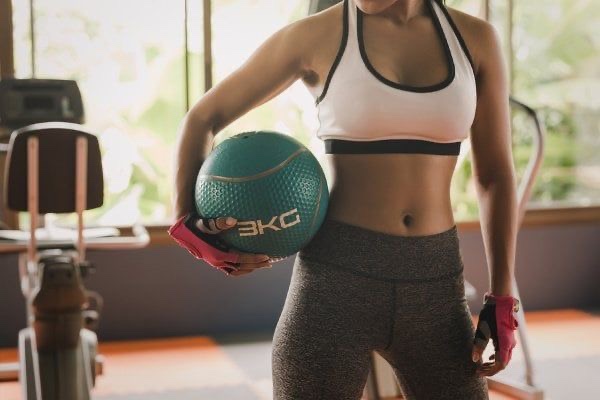
Diverse Medicine Ball Exercises and Their Impact
Now that we’ve got our form down pat, let’s dive into the exciting world of medicine ball exercises. This compact tool might look simple, but it’s a powerhouse when it comes to engaging various muscle groups and torching calories.
1. Medicine Ball Slam
Muscles Targeted: Core (especially the abdominals), shoulders, lats, glutes, and legs.
Calories Burned: Approximately 150-200 calories in 20 minutes.
How-to: Hold the medicine ball overhead, then slam it down to the ground with force. As you lift the ball back up, engage your core and use your legs to power the movement.
2. Russian Twist
Muscles Targeted: Obliques, core, hip flexors.
Calories Burned: Around 100-150 calories in 20 minutes.
How-to: Sit on the ground, holding the medicine ball in front of you. Lean back slightly, lift your feet off the ground, and twist your torso from side to side while holding the ball. This one’s a killer for those love handles!
3. Wall Ball Squat
Muscles Targeted: Quads, glutes, hamstrings, core, shoulders.
Calories Burned: Approximately 200-250 calories in 20 minutes.
How-to: Stand facing a wall, holding the medicine ball at chest level. Perform a squat, and as you rise, explode upwards, throwing the ball against the wall. Catch it on the way down and repeat.
4. Lunge with Twist
Muscles Targeted: Quads, hamstrings, glutes, obliques, core.
Calories Burned: Around 150-200 calories in 20 minutes.
How-to: Hold the medicine ball at chest level. Step forward into a lunge, then twist your torso towards the side of the front leg. Return to center and step back, alternating sides.
5. Medicine Ball Push-Up
Muscles Targeted: Chest, triceps, shoulders, core.
Calories Burned: Approximately 175-225 calories in 20 minutes.
How-to: Place one hand on the medicine ball and the other on the ground, in a push-up position. Perform a push-up, maintaining balance and engaging your core. Switch sides with each repetition.
The Caloric Burn
While the exact calorie burn depends on factors like your weight, intensity, and fitness level, medicine ball exercises are fantastic for boosting your metabolism. In a 20-minute session, you can expect to burn anywhere from 100 to 250 calories, making it an effective addition to your fat-loss journey.
As you venture into the world of medicine ball training, remember to listen to your body, start at a comfortable pace, and gradually increase the intensity. These exercises not only help you sculpt a stronger physique but also inject a healthy dose of fun into your fitness routine. So, grab that medicine ball and let the gains begin!
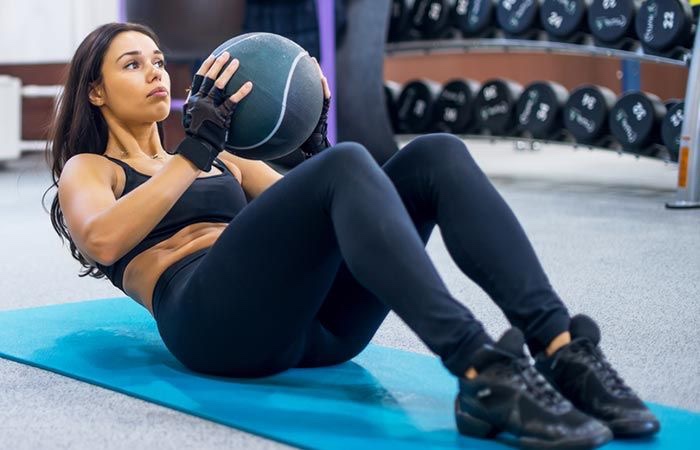
Choosing the Right Medicine Ball: Size, Weight, and Material
Now that we’re all fired up about medicine ball exercises, it’s time to choose the perfect workout companion. But hold your horses – not all medicine balls are created equal. Let’s delve into the factors that help you pick the right ball for your fitness goals.
1. Size Matters
Medicine balls come in various sizes, ranging from small to large. When selecting a size, consider the exercises you’ll be doing. For exercises that involve single-hand throws, a smaller ball (around 2-6 kg) might be ideal. If you’re focusing on two-hand exercises like slams and wall throws, a larger ball (6-12 kg) could be more suitable.
2. Weight Wisely
The weight of the medicine ball determines the intensity of your workout. If you’re a beginner, start with a lighter ball and gradually increase the weight as you get stronger and more comfortable with the movements. For more advanced users, a heavier ball can add an extra challenge to your routine.
3. Material Magic
Medicine balls come in a variety of materials, each offering different benefits:
- Leather: These are classic and durable, but they might be a bit hard for exercises that involve slamming.
- Rubber: Rubber medicine balls are bouncy and great for throwing exercises. They’re also more forgiving if you’re planning on slamming the ball.
- Gel-Filled: Gel-filled balls are soft and easy on the hands, making them a good choice for beginners or those with joint issues.
- Textured: Some medicine balls have textured surfaces for better grip, which is especially helpful when your palms get sweaty.
4. Your Fitness Level
Your fitness level should play a role in your decision. If you’re a beginner, start with a lighter ball to master the movements and prevent strain. Intermediate and advanced users can go for heavier options to challenge themselves.
Here are our personal picks for Pull-Up Assist Bands based on all the factors we discussed:
(Click on the photo to open the link)
Expanding Horizons
In our journey through the world of medicine ball training, we’ve discovered the remarkable benefits of this compact tool. However, it’s important to note that there’s another player in the fitness game – the big exercise ball. These oversized spheres also bring a wealth of advantages to the table, enhancing your workouts in unique ways.
Read more about exercise balls!
As we conclude our journey through medicine ball training, it’s evident that this simple tool holds incredible promise. From its ancient roots to its present-day revival, the medicine ball has stood the test of time in the fitness world. Its knack for working various muscles, improving balance, and boosting athleticism underscores its lasting significance.
Whether you’re a fitness enthusiast seeking variety, an athlete aiming for explosive power, or someone wanting to inject fun into workouts, the medicine ball is ready to accompany you. It’s not just equipment; it’s strength, resilience, and change.
Remember the key points: perfect your form, mix up your exercises, and pick the right ball. Let your workouts celebrate movement, invest in your well-being, and pave the way for a more vibrant you.
Here’s to the medicine ball – an unassuming yet potent companion that can reshape your body, enhance your fitness, and infuse a burst of energy into your wellness journey. Embrace its potential, welcome transformation, and seize the opportunity to become your best self, one dynamic move at a time. Your stronger, more vibrant future awaits – are you ready to catch it?

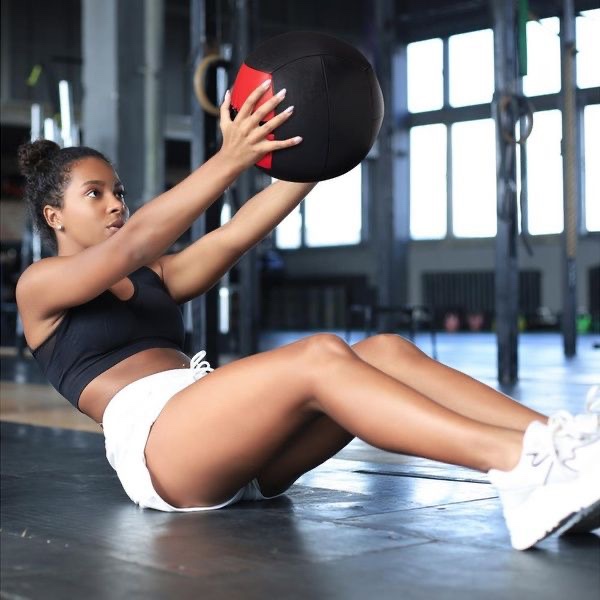






Magnificent site. A lot of useful information here. I am sending it to several friends ans also sharing in delicious. And naturally, thanks for your sweat!